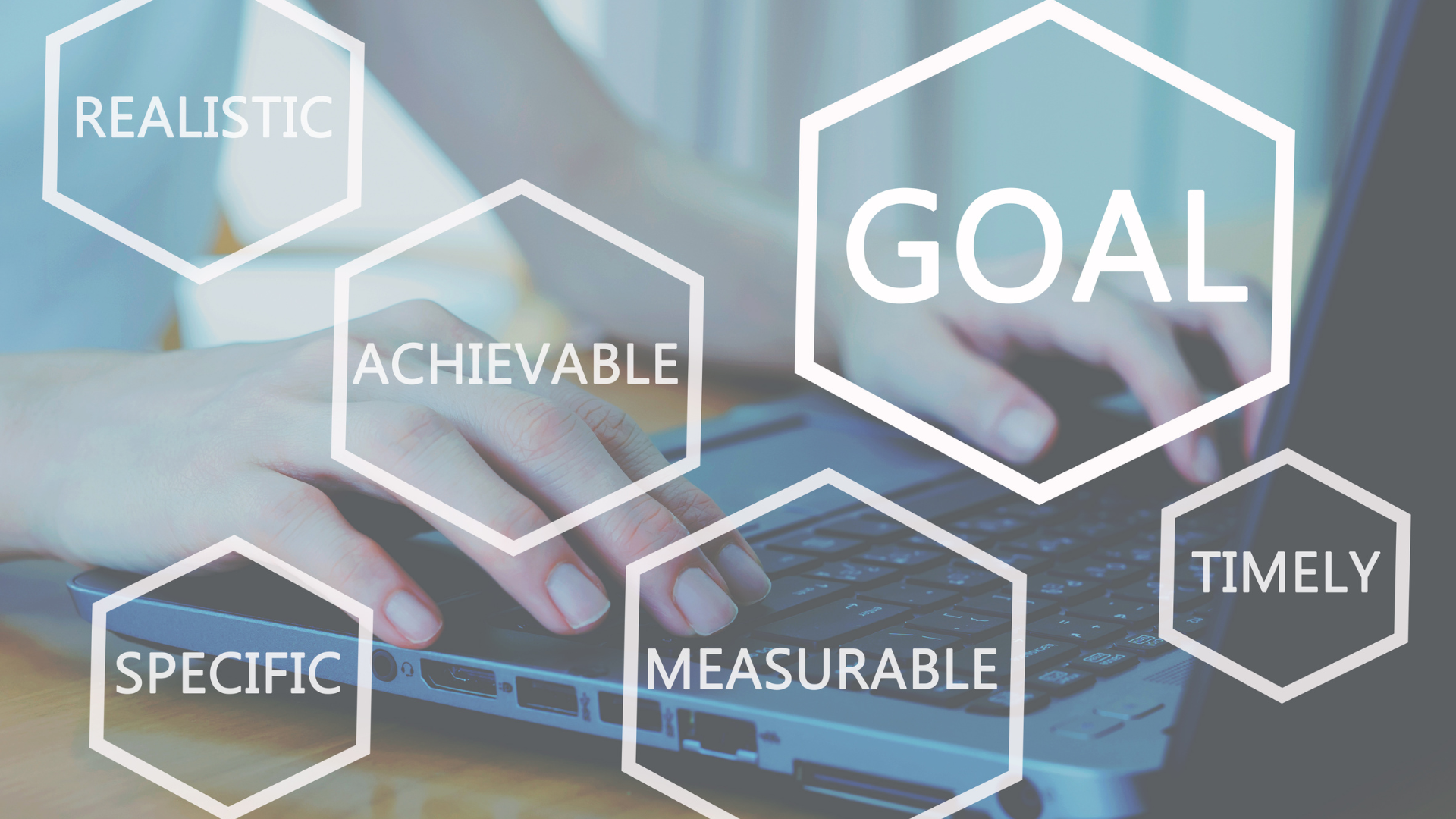How to set SMART goals and create a plan to achieve them.
What is it about S.M.A.R.T. goals that keeps people talking about them?

Achieving your objectives can feel daunting, but it doesn't have to be. Today, I'm sharing an insightful article about setting S.M.A.R.T. Goals. This piece delves into the power of S.M.A.R.T. (Specific, Measurable, Achievable, Relevant, and Time-bound) goal-setting and how it can revolutionize your approach to personal and professional growth.
Whether you're a seasoned leader or just beginning your career, this strategy can serve as a powerful tool to navigate your journey. From articulating your objectives explicitly to creating a measurable plan of action and setting realistic timeframes, S.M.A.R.T. goals pave the way for success. If you've ever struggled with hitting your targets or felt overwhelmed by seemingly unreachable ambitions, this article offers a guide to turning your dreams into achievable milestones
Setting SMART goals is a great way to ensure that you're successful in achieving your objectives. In this article, we'll go over the steps to setting SMART goals and share some examples of how they work in different areas of life.
Define your goal.
Before you start working on a goal, it's important to define what that goal is. This may seem obvious, but many people don't take the time to do this properly and end up setting themselves up for failure.
The first step in defining your goal is deciding what success will look like at the end of achieving it. Don't be afraid to set ambitious goals; there's no point in having a goal if it isn't challenging enough! However, make sure that these goals are still realistic so that when things get tough and the progress seems slow or stalled altogether (which happens often), you'll be able to stay motivated by knowing how close you are to reaching your ultimate objective
Set a timeline.
You'll also want to set a timeline for each goal. This is important because it gives you something concrete to work towards and keeps your goals in front of you at all times. For example, if one of your goals is "I want to lose 10 pounds," then set up a deadline by which time this must happen (e.g., by December 31st). You may even want to break down this goal into smaller steps so that they're easier and more manageable: maybe losing 5 pounds by June 1st and another 5 pounds by December 31st?
Setting deadlines makes the difference between simply saying "I want" or "I need" something and actually achieving it! If we don't put dates on our goals, then there will always be an excuse as to why we can't achieve them yet--and before long we'll get discouraged from trying altogether because nothing ever seems good enough or fast enough for us!
Make your goal achievable and relatable.
Make your goal achievable. It should be written down and posted somewhere you can see it every day, such as on your computer or phone screen saver. Consider your abilities, resources, and time constraints when setting a goal for yourself.
Your goal should also be relevant to your overall personal or professional objectives. Make sure it is aligned with your values, beliefs, and interests. Make it exciting and motivating enough for you to want to achieve it!
Set a deadline.
When you set a deadline, it forces you to be accountable. It also helps keep your goals in focus and allows for flexibility when life gets busy.
If your goal is too big to finish in 30 days or less, break it down into smaller steps that are measurable (i.e., Instead of saying "I want to lose ten pounds," say something like: "I will eat one healthy meal each day for the next week."). This way, when you reach each step along the way toward achieving your ultimate goal, it feels like an accomplishment!
Include a backup plan if things don't go as planned.
- Include a backup plan if things don't go as planned.
- How can you avoid this?
- What is the worst thing that could happen if you don't reach your goal?
- What is the best thing that could happen if you don't reach your goal?
Assign someone to whom you can report your progress throughout the process, whether it's yourself or another person, who will hold you accountable for achieving your goals on time.
The best way to stay on track is to have someone to report your progress throughout the process, whether it's yourself or another person, who will hold you accountable for achieving your goals on time.
You can be your own accountability partner by telling others about your goal and how they can help keep tabs on you. You could also ask a close friend or family member to be an accountability partner with whom you share weekly updates about how well things are going with their goal plan.
In conclusion, the most important thing to remember when setting goals is that they should be achievable and relatable to your everyday life. Setting a goal like "Make $1 million by the end of 2023" may seem like a good idea, but unless you already have some sort of plan in place to achieve this goal (and even then), it will likely never happen because it's just too far out there for most people!
"A goal is a dream with a deadline." - Napoleon Hill
Life Beyond Boundaries

a b c d e f g h i j k l m n o - Do not remove from template!!! it is important to support different fonts

